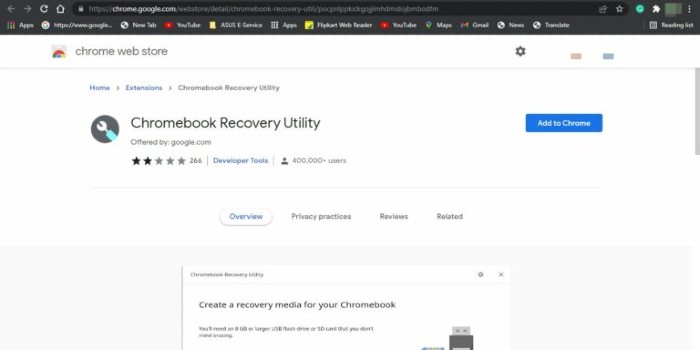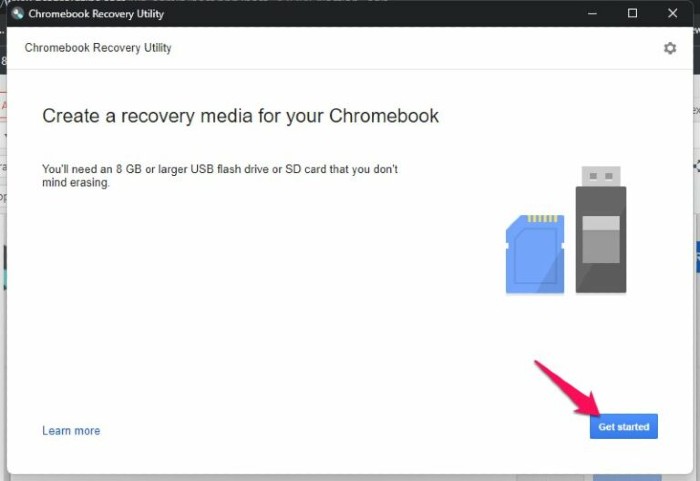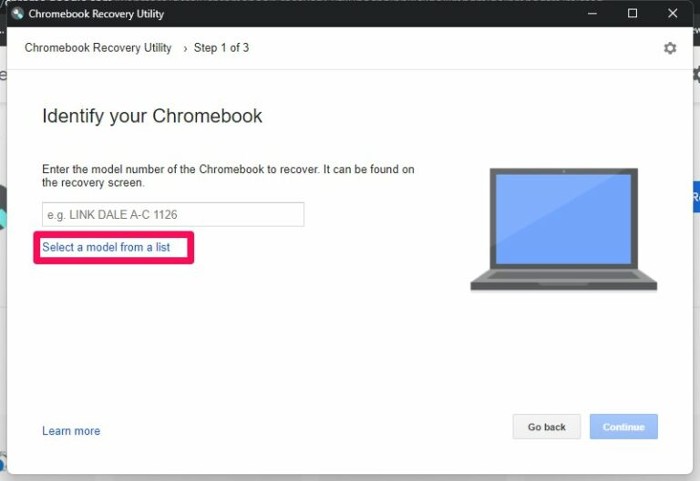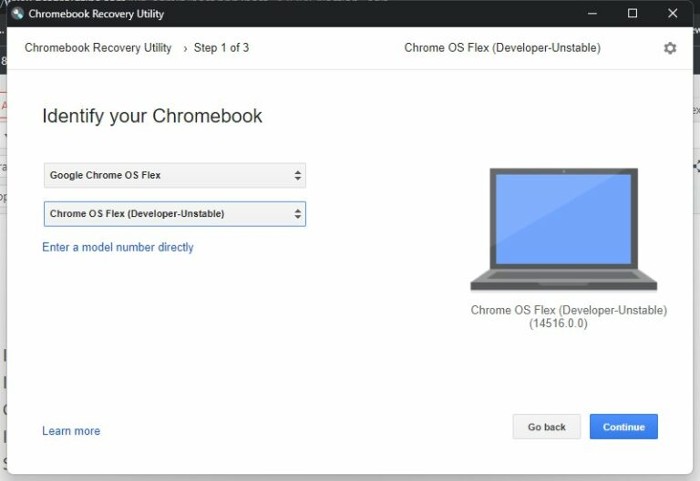Google recently released the Chrome OS Flex, which is the lighter and faster version of Google’s Chrome OS. This operating system is designed to offer fast access to web applications. It offers way more advantages over Chrome OS as it has the same code and functionality as Chrome OS. The Chrome OS Flex can give a new life to old Windows PCs, laptops, and Macbooks by turning them into Chromebooks. So without any further ado, let’s see how you can install Chrome OS Flex on your old Windows and Mac devices.
Also Read
Page Contents
What is Google’s Chrome OS Flex?
Chrome OS Flex is a fast, secure, cloud-first, easy-to-manage operating system that allows you to make the most of your old Windows PCs and Macbooks. Currently, an early build of Chrome OS Flex is available at no additional cost. Devices running on Chrome OS Flex are easy to manage, just like Chromebooks, as they work mainly on the cloud to improve fleet sustainability with fewer threats.
Installation Requirements for Chrome OS Flex
- USB pen drive with a storage capacity of 8GB or greater.
- Device with an Intel or AMD x86-64bit processor.
- At least 4 GB of RAM or more.
- Internal storage should be more than 16 GB.
You can check if your PC is compatible or not here. Even if your PC isn’t on the list, you can still proceed to install Chrome OS Flex. It works even on non-certified devices but some functionalities might be limited.
Chrome OS Flex Installation Guide
You can easily install Chrome OS Flex on your device and utilize the main features available on Chrome OS. Firstly, you’ll need to create a USB installer and then you can temporally try Chrome OS Flex on your device using a USB installer. You can then erase the current OS from your device and replace it permanently with Chrome OS Flex.
Step 1: Download Chromebook Recovery Utility Web Extension
To create a USB installer, you need to install the Chromebook Recovery Utility web extension. Here is how you can do it:
- Open the Chrome browser on your Windows or Mac device.
- Search for Chromebook recovery utility.
- Click on Add to Chrome at the top right corner.

- Click on Add Extension when asked.
- The Chromebook Recovery Utility extension is now installed on your Chrome browser.
Step 2: Build the USB Installer
- Launch the Chrome recovery utility extension in the Chrome browser.
- Click on Get Started.

 Now identify your Chromebook by clicking on Select a model from a list.
Now identify your Chromebook by clicking on Select a model from a list.
- In the Select a manufacturer option, find and click Google Chrome OS Flex.
- In Select a product, find and click Chrome OS Flex (Developer-Unstable).
- Click on Continue.

- Insert your USB drive when prompted.
- Select your USB drive from the drop-down menu.
- Click on Continue and then on Create Now.
- Remove the USB drive from your device once you get a message that your recovery media is ready.
Keep in mind that it is completely normal for the Chrome Recovery Utility to show unusual percentages during the process.
Step 3: Booting Your Device Using the USB Installer
Now, using the USB installer you just created, boot your device on which you want to run Chrome OS Flex. Here is how you can do it:
- Turn off your device and insert the Chrome OS Flex USB installer.
- Now restart your device and press the boot key.
Check the table below if you don’t know the boot key for your computer.Manufacturer Boot key Acer F2 Apple Hold Option (next to the ⌘ key) Asus Del Dell F12 Gateway F1 HP F9 Intel F2 Lenovo F12 Toshiba F2 or F12 Other Try pressing Esc, any of F1-F12 keys, or Enter
- Select your USB drive once the boot selection page is open using the arrow keys and press Enter.
- If everything goes right, the “Welcome to CloudReady 2.0” screen will appear. Now click on Get Started and go through the instructions on screen to sign in with your Google Account.
- Now your screen will appear with two options, namely, Install CloudReady 2.0 and Try it First. It is suggested that you try Chrome OS Flex first before you install it. It will allow you to check your device’s compatibility and various other features.
- Once you have completed testing the Chrome OS Flex, open the Quick Settings panel at the bottom right corner and click on Sign Out.
- Now click on Install CloudReady at the bottom left corner.
- On the next page, click on Install CloudReady 2.0 and then on Install to permanently install Chrome OS Flex on your hard drive. Once the installation procedure is completed, shut down your device and remove the USB drive.
- You have now successfully installed Chrome OS Flex on your device.
Do note that installing Chrome OS Flex will delete all the data on your hard drive.
Setting Up and Enrolling Chrome OS Flex Devices
After you have successfully installed Chrome OS Flex on your device, follow the instructions on the screen to set it up on your device. The procedure is identical to that of setting up a Chromebook.
For managing Chrome OS Flex using the Google admin console, you have to purchase a Chrome Enterprise Upgrade or a Chrome Education Upgrade for every device that you want to manage. After reaching the sign-in screen on your Chrome OS Flex device, you will be able to enroll your devices in the Admin Console. You’ll then be able to start enforcing policies to manage it after the device is enrolled.
Should you Install Chrome OS Flex on your Device?
This was all about how you can install Chrome OS Flex on your Windows PC, laptop, or any MacBook. It is extremely easy to install on Windows and Mac devices. It is recommended, especially for old laptops and Macbooks, to make them functional again for casual internet-based operations.
The currently available Chrome OS Flex is based on Chrome OS 10, but it’s still a bit unstable. But in the future, Google might come up with a more stable version of Chrome OS Flex for its users. Finally, it is a great operating system if you have an old device and you need something for casual browsing and daily tasks.
